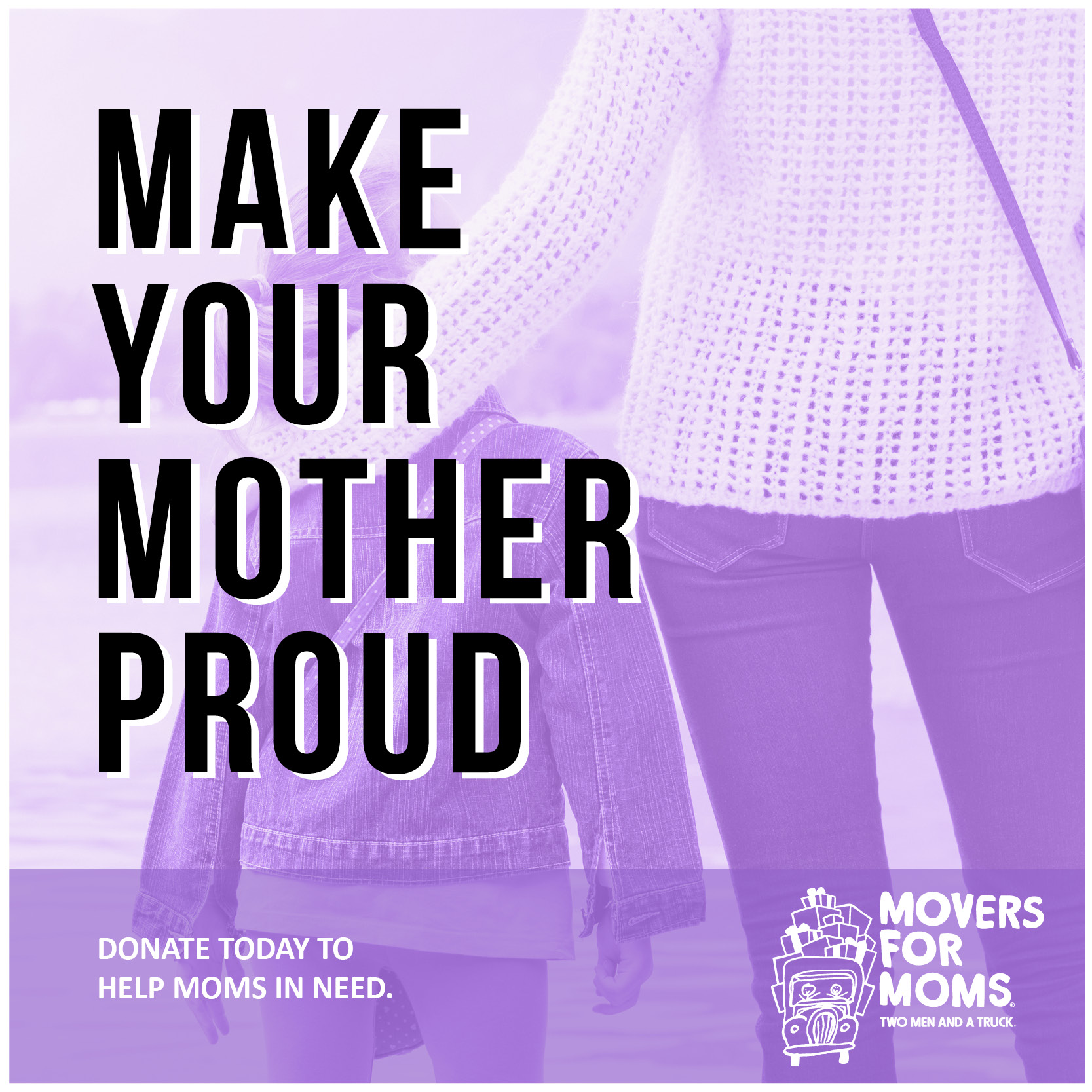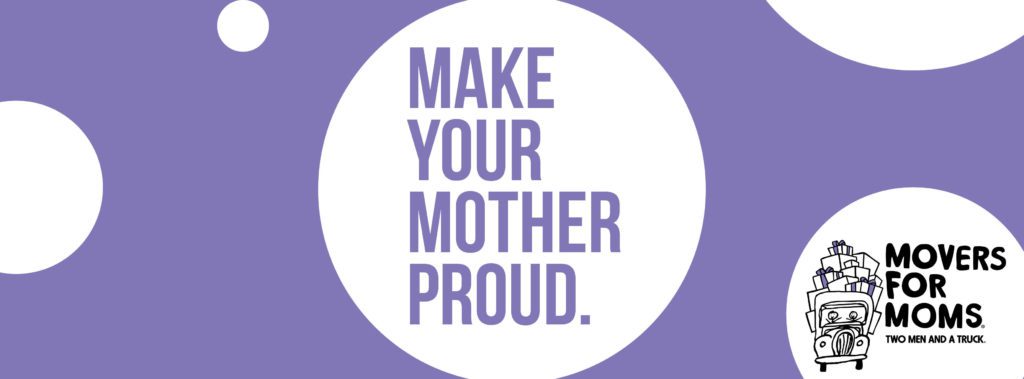By: Julia Bearden
This blog highlights a range of substance use disorders and the dangers and risk factors associated with them. The age when use begins, areas where an individual lives and spends time, socioeconomic status (age, gender, education level, etc.), frequency of use, and a person’s family history of substance use disorders are all risk factors for developing a substance use disorder. The dangers of use range from personality changes, developmental delays, organ damage to sudden death. The important thing to remember is to limit the number of substances we consent to, whether it is prescriptions or over the counter medications, and develop a monitoring system if you have significant risk factors for a substance use disorder. Not all substances are bad or illegal, but they all have the potential for misuse.
What Constitutes a Substance Use Disorder
Everyone will require the use of a substance at some point in his or her life, usually a prescription for a medical or mental health condition. The use of substances is crucial for maintaining a healthy population; however, substance use becomes a disorder when the intended purpose shifts from aiding the ailment of the individual to it impairing the individual’s abilities. Substances are not limited to those which are provided by a health care provider. They include substances which are readily available and legal, such as alcohol and tobacco. They also include illegal substances like methamphetamines, cocaine, and marijuana. The use of any substance has risk factors and health dangers associated with its use. The dangers of use are the same as a health risk which is defined as the probability that a specific action or exposure will give rise to a negative health outcome (World Health Organization, 2017). Risk factors are defined by The World Health Organization as any attribute, characteristic, or exposure of an individual that increases the likelihood of developing a disease or injury. The goal of this blog is to highlight the risk factors of substance use and the dangers associated with it.
Alcohol and Tobacco Use
Alcohol and Tobacco Use Disorders are two of the most common Substance Use Disorders (SUD) in the United States (Smhsa.gov, 2015). The perception of these two substances is: they are legal; therefore, they must be safe. This socially acceptable point of view is a risk factor for substance use. In addition to this, risk factors include socioeconomic status and the age when use begins (Smhsa.gov, 2015). Even in moderation these substances carry heavy health risks if used frequently. Dangers of alcohol use include developing tolerance which results in drinking more alcohol to feel the same effect, an increase in risky behavior, internal organ damage, cancer, stroke, decreased life-years, and other health complications (Smhsa.gov, 2015).
Marijuana and Synthetic Marijuana Use
In many states, the availability of marijuana is increasing for medical purposes. However, this is not the same as recreational use. Recreational use does not weigh the risks versus benefits to an individual when it is not medically needed. The dangers of use associated with recreational marijuana include reduced cognitive abilities and a higher chance of developing a mental illness (National Institute on Drug Abuse, [NIDA], 2017). Synthetic marijuana is structurally and chemically different than marijuana. NIDA states that synthetic marijuana is primarily composed of heavy metal residues which can be toxic to the human body. The long-term effects on reproduction, development, memory, and addiction potential are not known. This does not imply that there are no long-term effects. Synthetic marijuana is relatively new and has not been completely analyzed due to the limited amount of time it has been in existence. It has been associated with psychosis, brain damage, cardiac arrest, irregular heart rate, kidney damage, coma, and death (Dual Diagnosis, 2017). More studies are needed to determine the long-term dangers of use.
According to the Substance Abuse and Mental Health Services website, risk factors for marijuana use include performing poorly in academics, exhibiting antisocial personality traits, exhibiting emotional instability, voicing positive beliefs or perceptions of marijuana, having a lack in parental monitoring and communication, and having peers who approve of marijuana use (Risk and Protective Factors Associated with Youth Marijuana Use, 2014).
Stimulants and Other Synthetic Drug Use
Stimulants and other synthetic drugs can be prescription or plant derived. The danger of using these types of substances are their significant side effects, their impact on individuals’ abilities to control use, increased tolerance, inhibited chemical and structural development within the brain, and increases in the chance of addiction in individuals with genetic predisposition (NIDA, 2017 July). Synthetic drugs contain similar chemicals to amphetamines but carry a higher chance of stroke and heart attack (NIDA, 2017 July). Some examples of stimulants are Ritalin, Adderall, obesity medications, methamphetamines, cocaine, bath salts, Kratom and Pump-It powders. The dangers associated with these substances are substantial. A significant danger associated with synthetic drugs is being unaware of the chemicals they have in them and how they may affect you. These types of drugs are highly addictive and that is a risk factor for developing a substance use disorder. Other risk factors include a family history of addiction, community attitude toward drug use, and the age when use begins (NIDA, 2014).
References
Dual Diagnosis. (2017). Synthetic Drug Abuse | Dual Diagnosis. [online] Available at: http://www.dualdiagnosis.org/synthetic-drug-abuse/ [Accessed 21 Aug. 2017].
NIDA. (2014, July 1). Drugs, Brains, and Behavior: The Science of Addiction. Retrieved from https://www.drugabuse.gov/publications/drugs-brains-behavior-science-addiction on 2017, October 23
NIDA. (2017, July). Commonly Abused Drugs Chart. Retrieved from https://www.drugabuse.gov/drugs-abuse/commonly-abused-drugs-charts
NIDA. (2017, August 1). Marijuana. Retrieved from https://www.drugabuse.gov/publications/drugfacts/marijuana on 2017, October 23
Risk and Protective Factors Associated with Youth Marijuana Use. (2014). [ebook] Substance Abuse and Mental Health Services Administration’s Center, pp.5-23. Available at: https://www.samhsa.gov/capt/sites/default/files/resources/risk-protective-factors-marijuana-use.pdf [Accessed 21 Aug. 2017].
Samhsa.gov. (2015). Substance Use Disorders | SAMHSA – Substance Abuse and Mental Health Services Administration. [online] Available at: https://www.samhsa.gov/disorders/substance-use [Accessed 21 Aug. 2017].
World Health Organization. (2017). Differences between risk, risk factors, risk-behaviours, risk-conditions and at-risk. [online] Available at: http://apps.who.int/adolescent/second-decade/section/section_5/level5_5.php [Accessed 21 Aug. 2017].
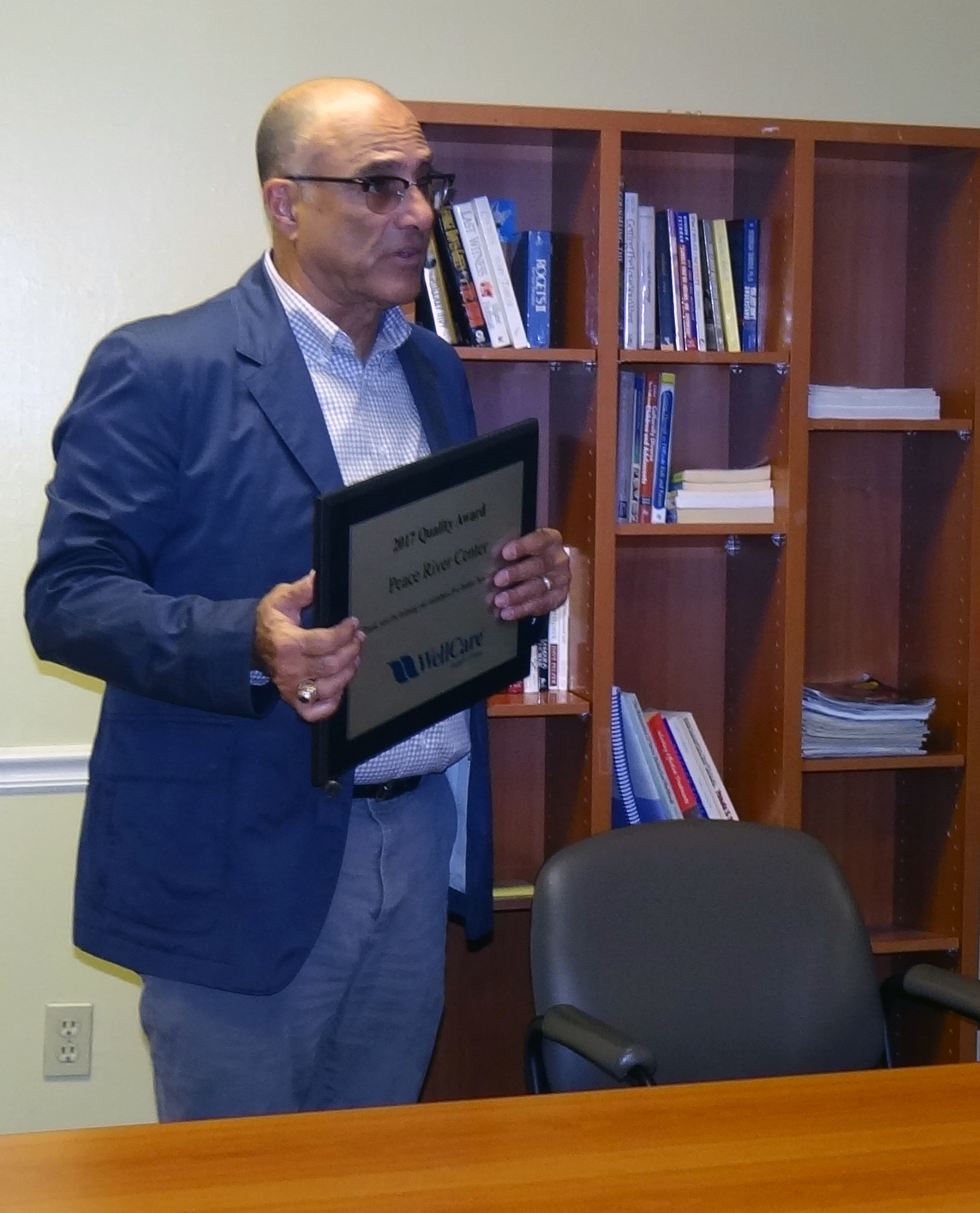 Dr. Abid recently presented Peace River Center with the WellCare Health Plans 2017 Quality Award. The recognition resulted from WellCare teaming up with Peace River Center in June 2017 to form a new, value-based care agreement for a behavioral health home.
Dr. Abid recently presented Peace River Center with the WellCare Health Plans 2017 Quality Award. The recognition resulted from WellCare teaming up with Peace River Center in June 2017 to form a new, value-based care agreement for a behavioral health home.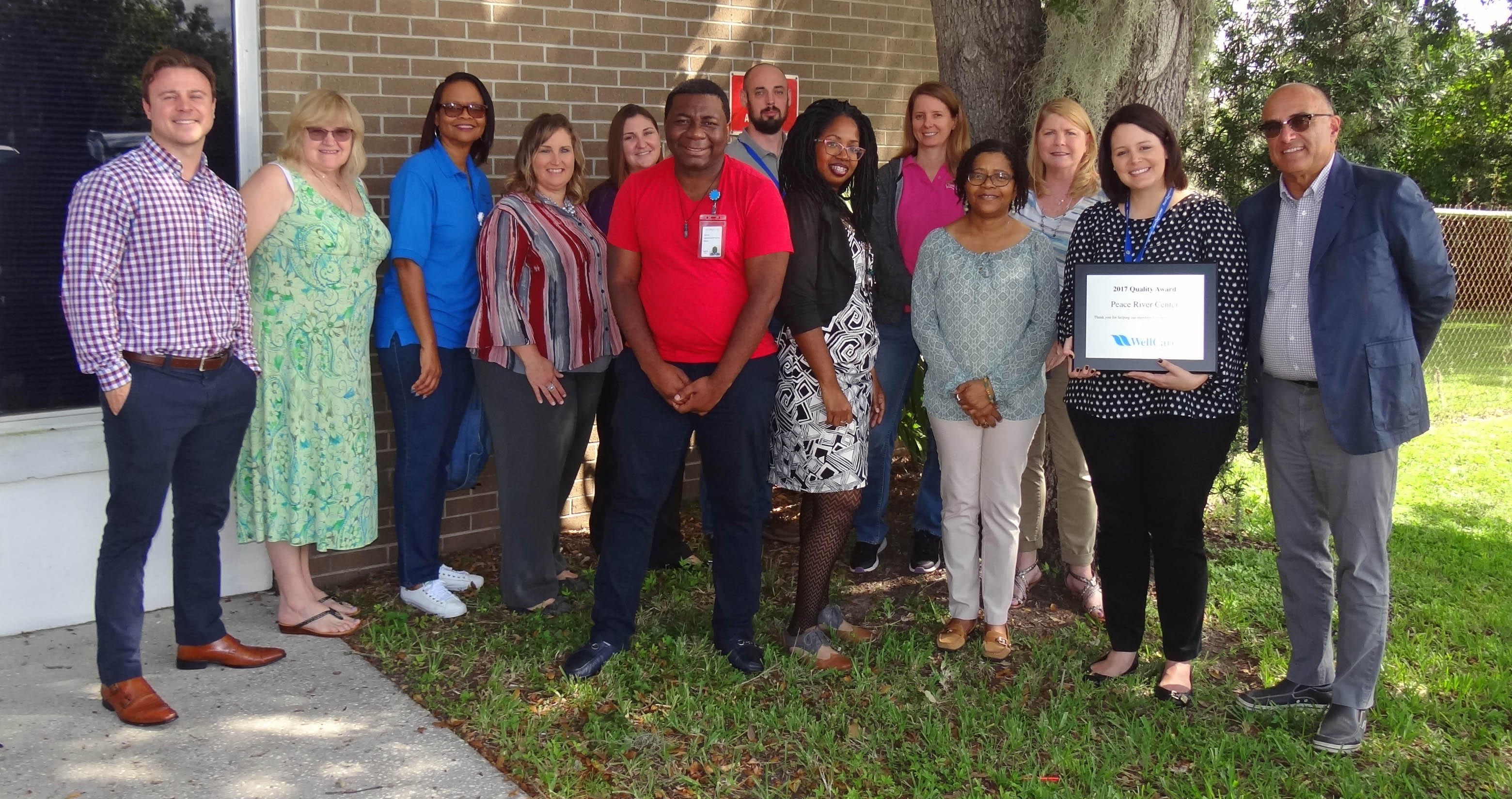

 Lisa Moseley’s involvement with Peace River Center evolved throughout the years. As a teacher and guidance counselor, she referred families to the organization and was impressed with the services offered to people who otherwise could not afford it. Later, she was invited by former Chief Development Officer Margaret Parry to take books and crafts to the organization’s domestic violence shelters and work with the children living there.
Lisa Moseley’s involvement with Peace River Center evolved throughout the years. As a teacher and guidance counselor, she referred families to the organization and was impressed with the services offered to people who otherwise could not afford it. Later, she was invited by former Chief Development Officer Margaret Parry to take books and crafts to the organization’s domestic violence shelters and work with the children living there.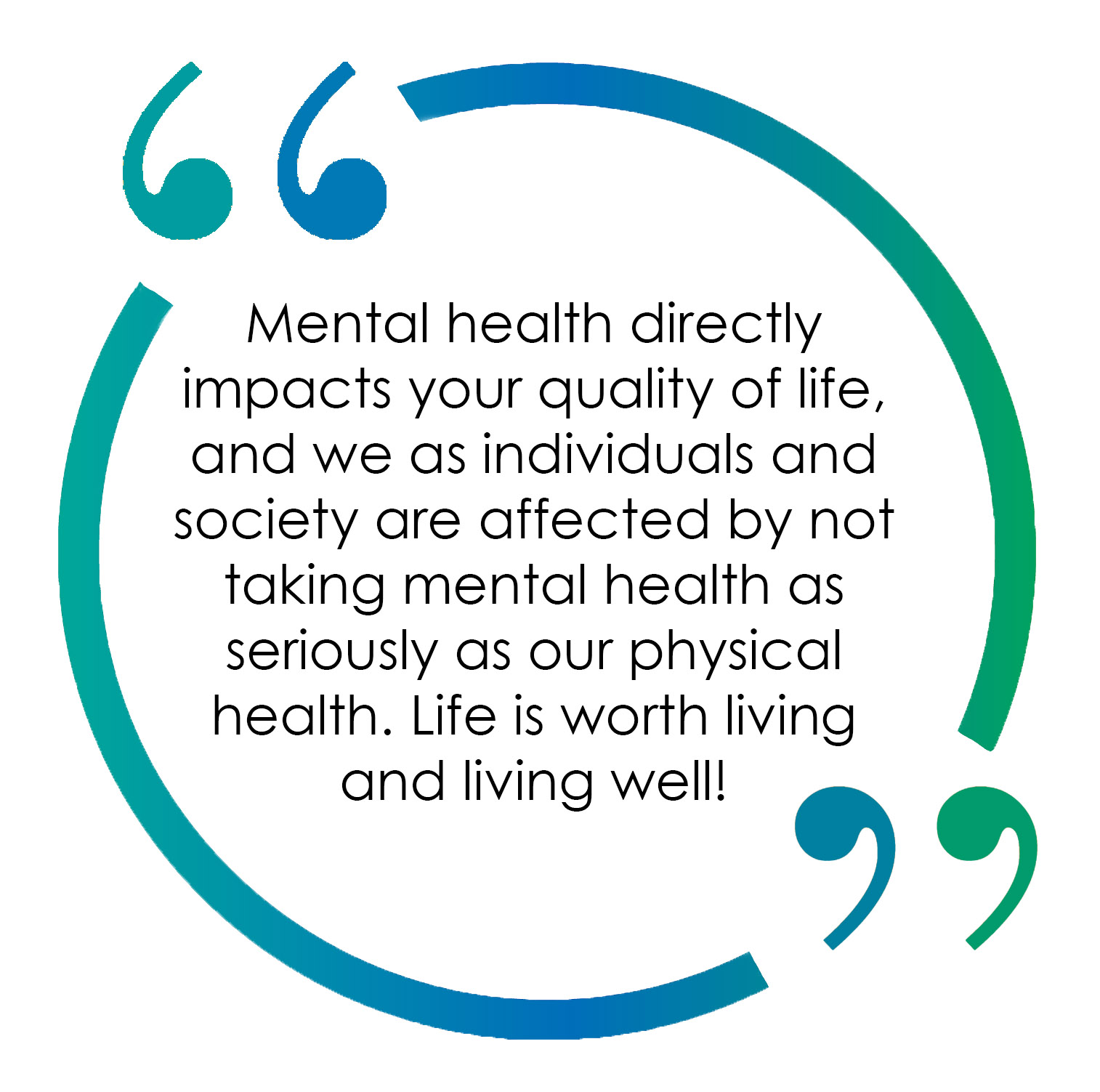 “Mental health directly impacts your quality of life, and we as individuals and society are affected by not taking mental health as seriously as our physical health,” said Lisa. During her career, she watched several amazing students drift into depression and develop anxiety issues based on pressure from school, society, and friends. She admits she struggles with anxiety and had to reach out for help to process difficult times in her life.
“Mental health directly impacts your quality of life, and we as individuals and society are affected by not taking mental health as seriously as our physical health,” said Lisa. During her career, she watched several amazing students drift into depression and develop anxiety issues based on pressure from school, society, and friends. She admits she struggles with anxiety and had to reach out for help to process difficult times in her life.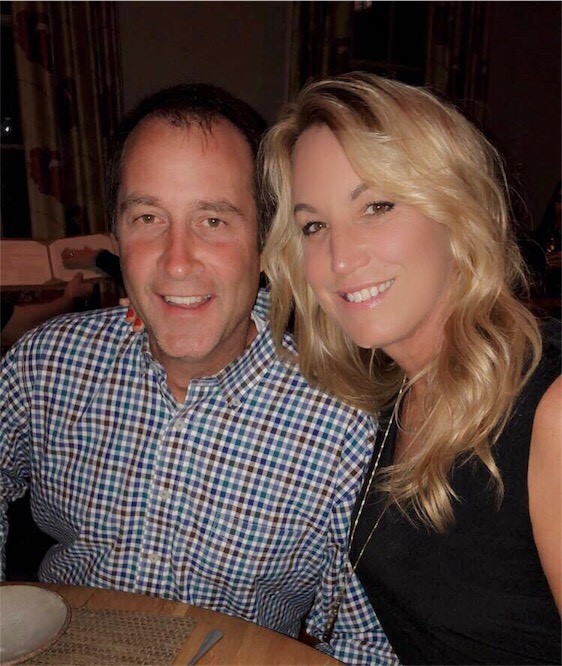 Lisa said the most rewarding part about working on behalf of Peace River Center is the people she’s had the pleasure of working with. “We work hard because we are passionate about the mission. I prayed every night for another successful FMH, not because I wanted personal glory, but for the lives that would be changed by the money we raised. God poured out his blessings on the event and provided us with a record-breaking year.” FMH grossed $286,000 and netted $208,000, which helps fund the organization’s programs.
Lisa said the most rewarding part about working on behalf of Peace River Center is the people she’s had the pleasure of working with. “We work hard because we are passionate about the mission. I prayed every night for another successful FMH, not because I wanted personal glory, but for the lives that would be changed by the money we raised. God poured out his blessings on the event and provided us with a record-breaking year.” FMH grossed $286,000 and netted $208,000, which helps fund the organization’s programs. No matter the time of day, no matter where you are, Peace River Center’s mobile crisis team is available to help. The Crisis Response Team (CRT) members offer immediate crisis intervention by phone, mobile response, or walk-in at the Bartow and Lakeland Crisis Stabilization Units. The CRT also provides consultation for individuals’ family or key people such as school personnel, linkage to emergency services if needed, plus they can evaluate and arrange for inpatient crisis stabilization as necessary, and refer to follow-up behavioral health services.
No matter the time of day, no matter where you are, Peace River Center’s mobile crisis team is available to help. The Crisis Response Team (CRT) members offer immediate crisis intervention by phone, mobile response, or walk-in at the Bartow and Lakeland Crisis Stabilization Units. The CRT also provides consultation for individuals’ family or key people such as school personnel, linkage to emergency services if needed, plus they can evaluate and arrange for inpatient crisis stabilization as necessary, and refer to follow-up behavioral health services.
 In 1984 Mary Jane Oglesby began her mental health career because she felt the need to help persons like her cousin who were challenged by mental illness daily. Peace River Center was the only Baker Act receiving facility for uninsured persons in the area, and her first job was at Wing E, the psychiatric inpatient unit. After her time in Bartow, Mary Jane worked on the Lakeland Gilmore campus serving the elderly with mental health concerns through the Gerontology program.
In 1984 Mary Jane Oglesby began her mental health career because she felt the need to help persons like her cousin who were challenged by mental illness daily. Peace River Center was the only Baker Act receiving facility for uninsured persons in the area, and her first job was at Wing E, the psychiatric inpatient unit. After her time in Bartow, Mary Jane worked on the Lakeland Gilmore campus serving the elderly with mental health concerns through the Gerontology program.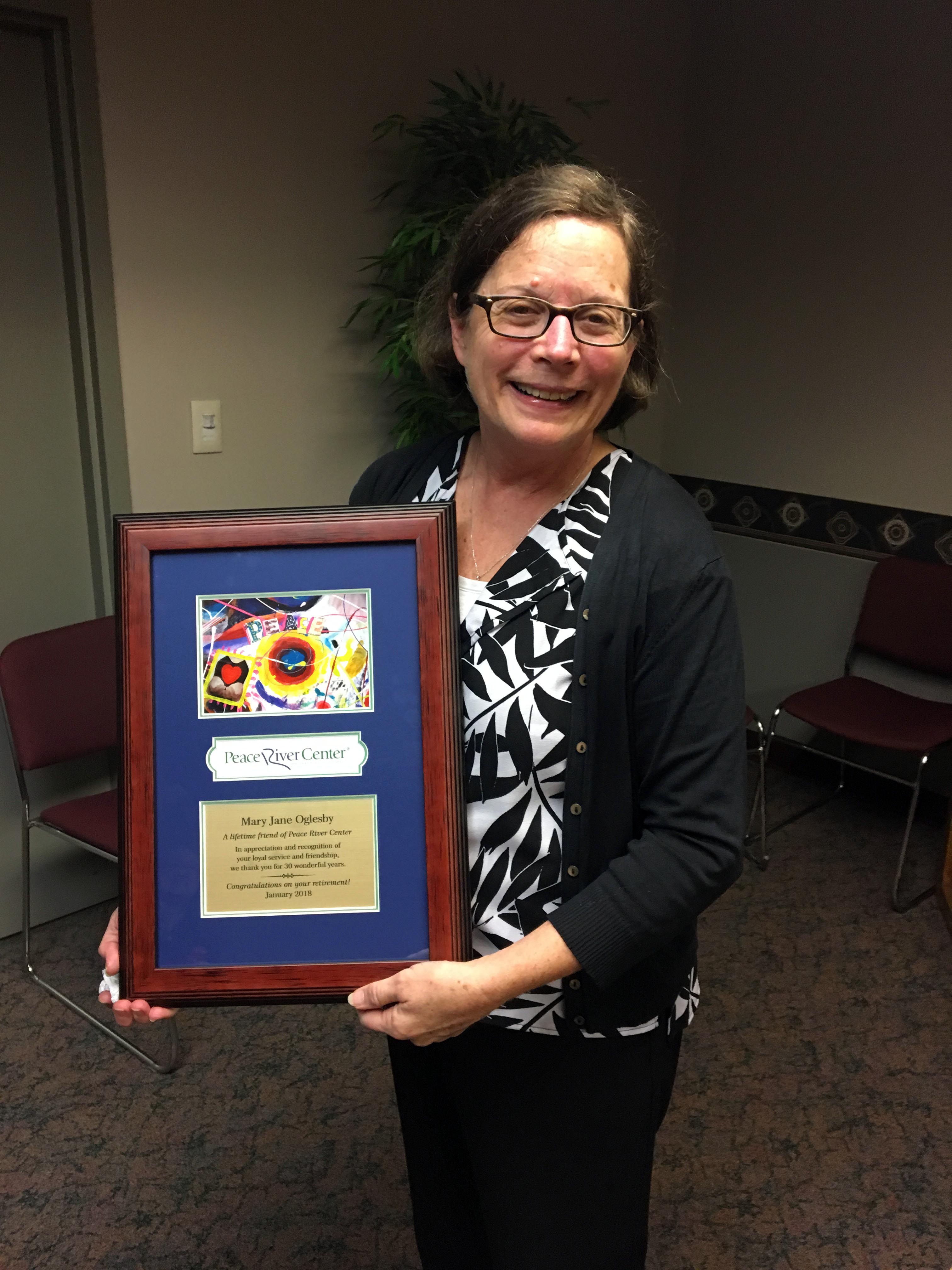 “I love a good challenge so anytime I was asked to take another program under my management, I was excited. I see challenges as an opportunity to make things better, not as obstacles,” she explained. Through those opportunities, Mary Jane learned about the foster care system and the challenge families face when children are removed from the home, the difficulty families face when a young child presents with serious mental health or emotional problems, and how specialty court programs can reduce the number of incarcerated persons with mental illnesses.
“I love a good challenge so anytime I was asked to take another program under my management, I was excited. I see challenges as an opportunity to make things better, not as obstacles,” she explained. Through those opportunities, Mary Jane learned about the foster care system and the challenge families face when children are removed from the home, the difficulty families face when a young child presents with serious mental health or emotional problems, and how specialty court programs can reduce the number of incarcerated persons with mental illnesses. other major impact on mental health was the shift of services and funding from the state hospital to community-based services, which resulted in tremendous growth for Peace River Center. A pivotal moment followed the 2003 President’s New Freedom Commission Report. Mary Jane said the vision statement from that report has mostly become true today: We envision a future when everyone with a mental illness will recover, a future when mental illnesses can be prevented or cured, a future when mental illnesses are detected early, and a future when everyone with a mental illness at any stage of life has access to effective treatment and supports—essentials for living, working, learning and participating fully in the community.
other major impact on mental health was the shift of services and funding from the state hospital to community-based services, which resulted in tremendous growth for Peace River Center. A pivotal moment followed the 2003 President’s New Freedom Commission Report. Mary Jane said the vision statement from that report has mostly become true today: We envision a future when everyone with a mental illness will recover, a future when mental illnesses can be prevented or cured, a future when mental illnesses are detected early, and a future when everyone with a mental illness at any stage of life has access to effective treatment and supports—essentials for living, working, learning and participating fully in the community.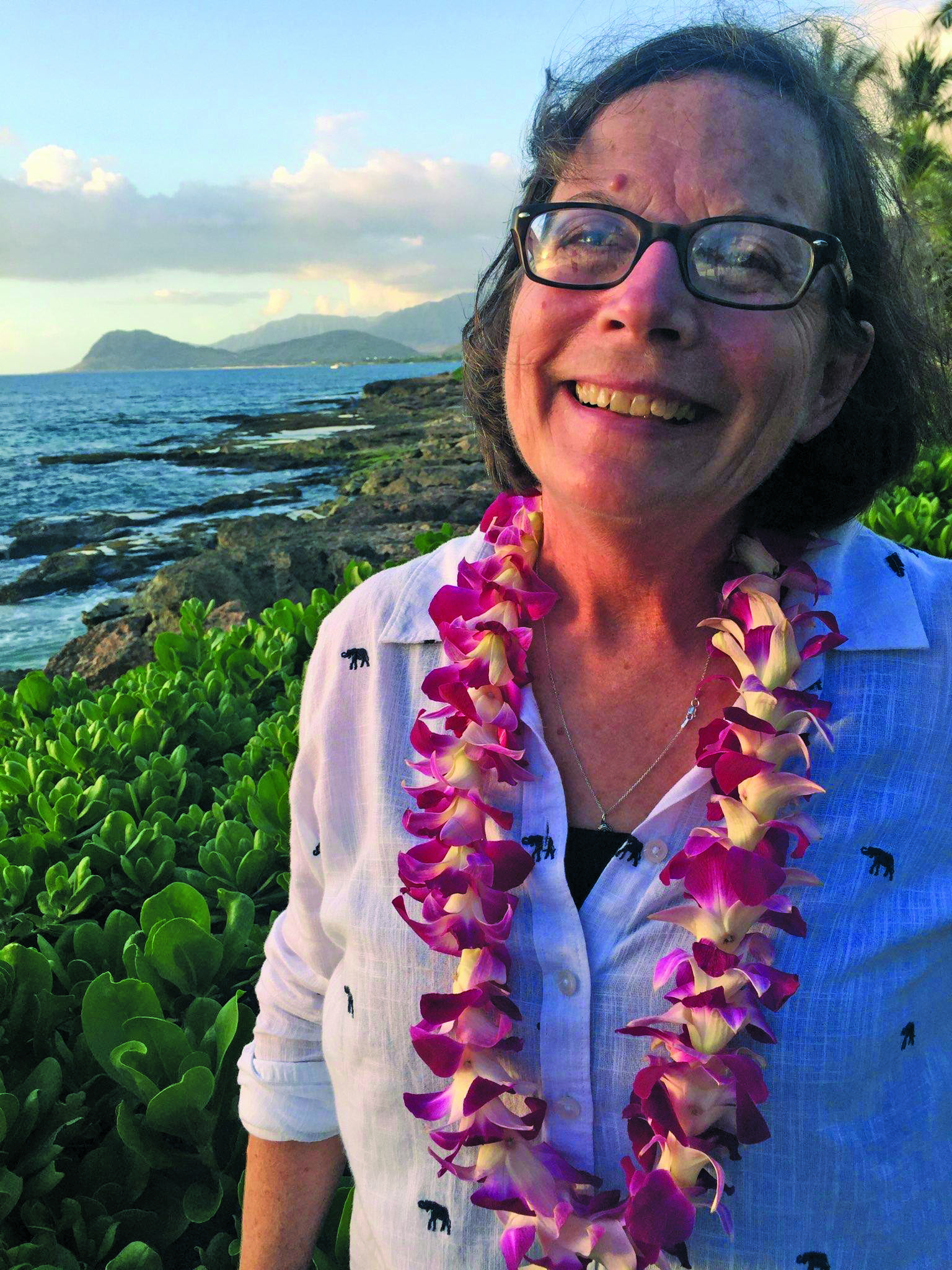 Another highlight of her career was integrating primary medical care with mental health care. “We were among the first in Florida to step up and get involved with this national movement. Having been part of the Low Income Pool Grant and having received assistance from the Indigent Health Division of Polk County, the dream of having our own Primary Health Care Clinic became a reality,” she said.
Another highlight of her career was integrating primary medical care with mental health care. “We were among the first in Florida to step up and get involved with this national movement. Having been part of the Low Income Pool Grant and having received assistance from the Indigent Health Division of Polk County, the dream of having our own Primary Health Care Clinic became a reality,” she said.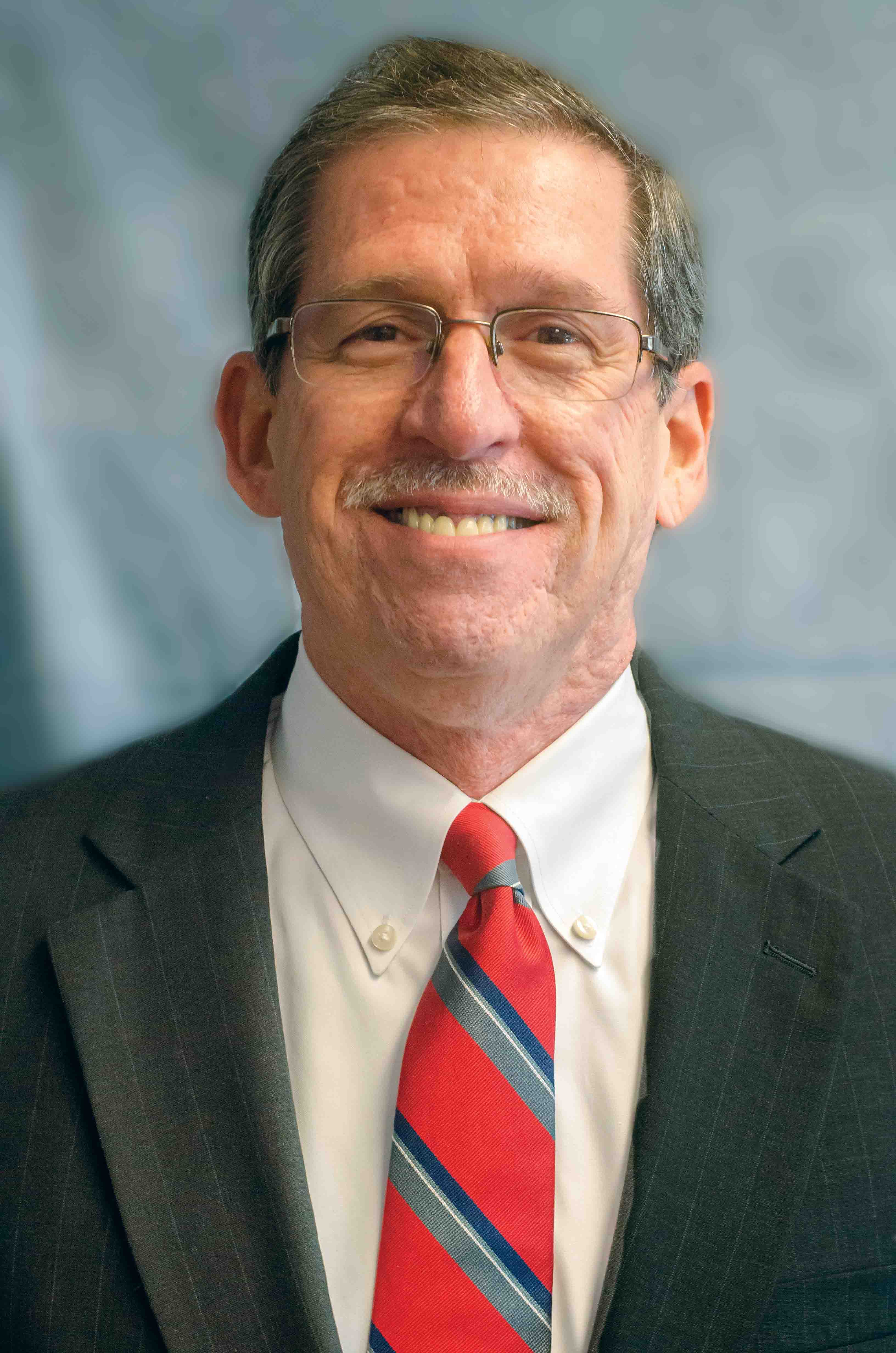 Dear Friends:
Dear Friends: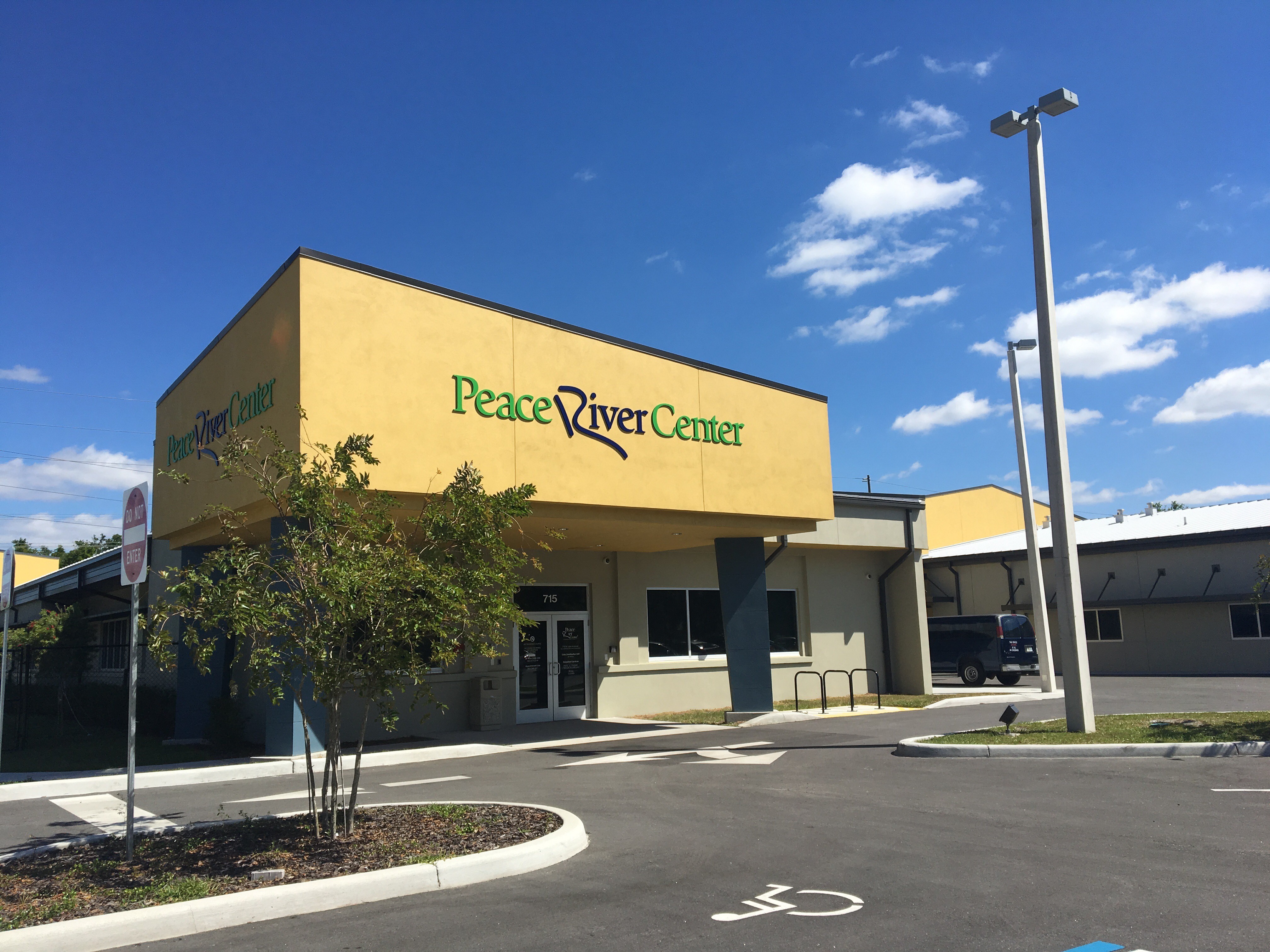 As many of you already know, the Lakeland Crisis Stabilization Inpatient Unit opened its doors on January 24 and subsequently our Outpatient Services on February 26. The Lakeland Crisis Campus expands our services to provide an additional 10 beds for adults and 10 beds for children/adolescents.
As many of you already know, the Lakeland Crisis Stabilization Inpatient Unit opened its doors on January 24 and subsequently our Outpatient Services on February 26. The Lakeland Crisis Campus expands our services to provide an additional 10 beds for adults and 10 beds for children/adolescents.
